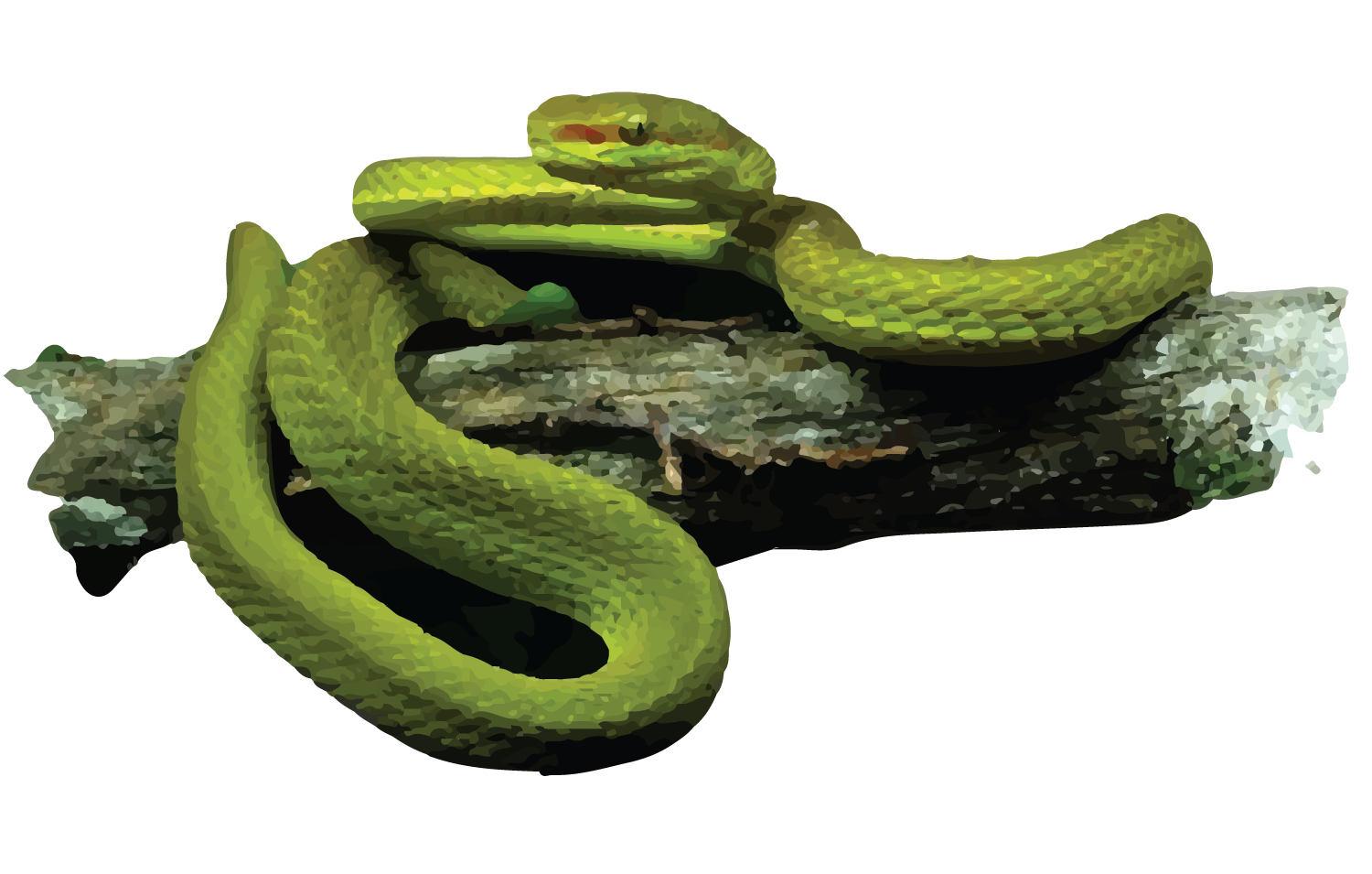Salazar’s Pit Viper

- Habitat: Tropical rainforests and montane forests
- Distribution: Found in Central America, specifically in countries like Costa Rica and Panama
- Diet: Small mammals, birds, lizards, and frogs
- Size: Typically 1.5-3 feet in length
Physical Description:
- Appearance: Salazar’s Pit Viper is characterized by its robust body and distinct coloration. It typically has a base color that ranges from light brown to gray, with darker blotches or bands running along the length of the body. The head is triangular and broad, distinct from the neck, with heat-sensing pits located between the eyes and nostrils.
- Size: Adults generally measure between 50 to 80 cm (20 to 31 inches) in length, with females typically larger than males.
- Tail: The tail is relatively short and tapers gradually towards the tip.
Conservation:
- Status: The conservation status of Salazar’s Pit Viper is not extensively documented, but like many snake species, it faces threats from habitat loss due to deforestation, agricultural expansion, and human activities.
- Protection: Conservation efforts should focus on preserving its forest habitats and minimizing disturbances to these ecosystems, including habitat fragmentation and unsustainable logging practices.
Importance:
- Ecological Role: As a predator, Salazar’s Pit Viper plays a vital role in its ecosystem by controlling populations of small vertebrates, contributing to the balance of local food webs.
- Human Interaction: While venomous, bites to humans are relatively rare. However, caution should be exercised, and individuals should avoid provoking or handling these snakes to prevent potential bites.
